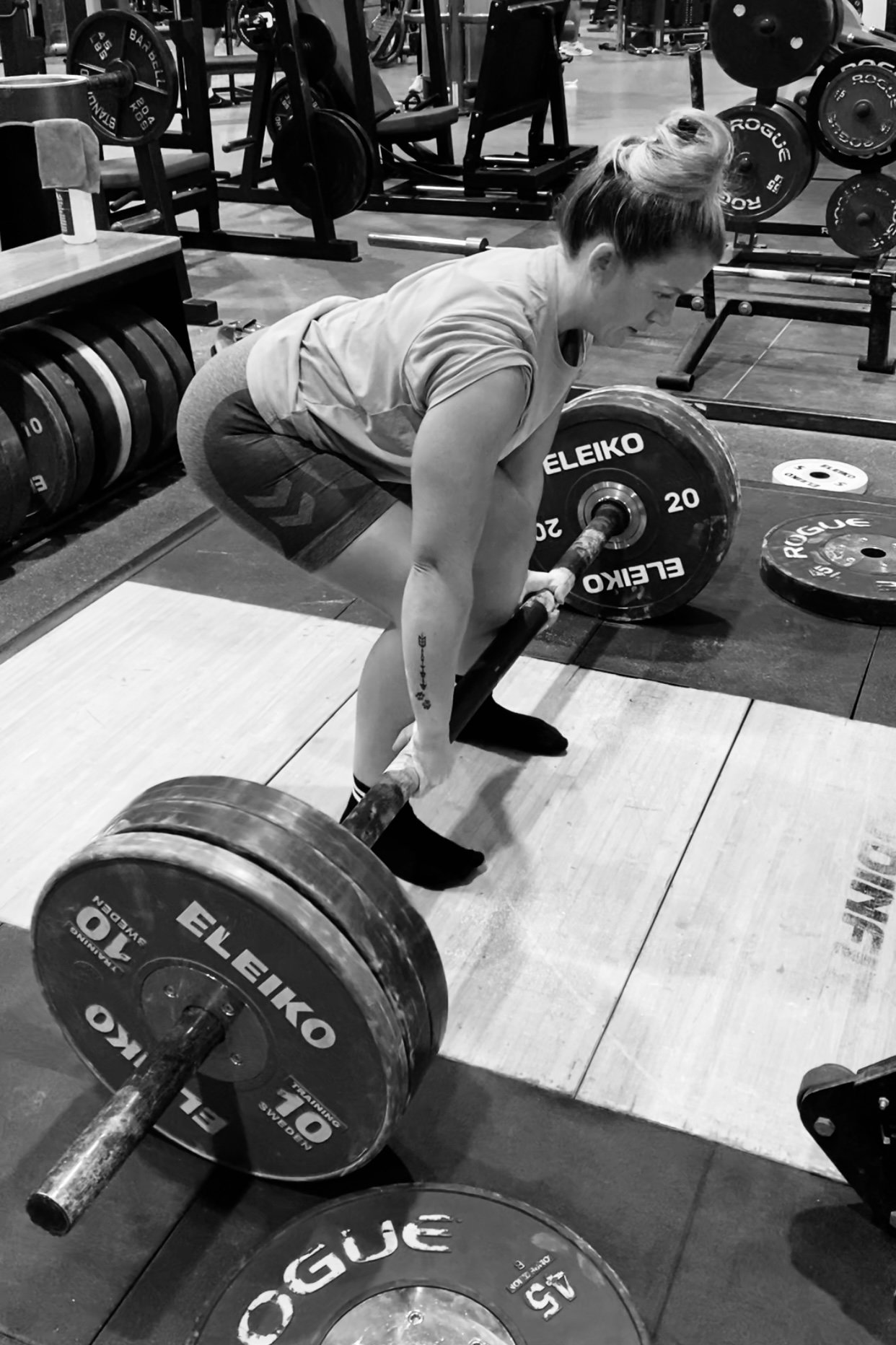
5 Effective Workout For SkiErg
The SkiErg is one of the most versatile pieces of equipment for building endurance, strength, and cardiovascular fitness. Whether you’re a competitive skier, an athlete in training, or someone looking to improve overall fitness, these five effective SkiErg workouts will challenge your body and help you achieve your fitness goals. Let’s dive into how you can incorporate these workouts into your routine to maximize results.

Benefits of Doing Pause Deadlifts
How pause deadlifts can help and why you should even implement a pause deadlift into your training routine.
Well, here are some concrete benefits that you’ll get from pause deadlifting:
1: It reinforces the angles for your torso and shoulders
The angle of your torso and shoulders is important if you want to use your mechanics to leverage the movement more effectively. If you struggle with keeping your shoulders over the barbell, or your hips rise too fast out of the bottom position, the paused deadlift can help reinforce where your torso and shoulders should be within the range of motion. I like to implement paused deadlifts for beginners in order to teach them what it feels like to have their torso and shoulders in the correct position.

Rebuilding The Core
When returning from a back injury, we must take a logical and planned approach. Selecting exercises that help facilitate the healing process without placing excessive load on the spine that re-create symptoms and fairs up the injury. Performing anti-rotation exercises before one can successfully squat with light weight can often have negative consequences. Exercises that create a rotational force on the body (such as: pallof press) can place upwards of four times as much compression on the spine compared to the same weight that attempts to create a flexion/extension force.
The following is a logical progression of stability exercises that stress the body first through a sagittal plane (flexion/extension torque), then a frontal plane (lateral torque) and finally through a transverse plane (torsional torque). While there is no such thing as an ideal set of exercises for any rehabilitation program, the following exercises can be a good starting point for creating a plan that best suits your body type and performance requirements.

10 Laws of Training: We Can All Learn From Louie Simmons At Westside Barbell
Louie Simmons has set the bar for strength—and strength and conditioning coaches from his invitation-only gym…..Westside Barbell in Columbus, Ohio. Simmons's style of training ties together ideas from scholars, athletes, and coaches from the former Soviet Union and Bulgaria, as well as years of training himself and others.
No matter what age you are or what your goals are we can all learn from Simmons, it doesn’t stop you applying the Westside philosophy and training principles to achieving your objectives.

Sweat is Just Fat Crying (some of it anyway).
Fat cells in humans develop primarily during childhood and puberty. After that, the number of fat cells in your body remains relatively stable. These cells make up adipose tissue, and they can send out hormones into the body to help regulate everything from metabolism to body weight.
Because we generally have a set number of these cells, gaining weight doesn't typically involve making more. Instead, individual cells expand as the digestive system breaks down and stores food for later use, then they shrink when the body turns to the fat cell in a moment of need

CrossFit: The Fast Food of Training
CrossFit is a system of exercise that has rapidly grown in popularity over the last decade, through films such as 300 and the Military using a workout name dedicated to a fallen US Personnel. Marketing itself as the ‘ideal’ training system for everyone from housewives to special forces operators, CrossFit aims to physically prepare people for whatever life may throw at them. It is not about following a particular routine, but about constantly varying workouts.

Understanding the risks involved in training in hot climates (25 °C+) and high humidity
Training in hot weather (over 25 °C) puts extra stress on your body. If you don't take care when exercising in the heat, you risk serious illness. When you training in the heat your body sends more blood to circulate through your skin. This leaves less blood for your muscles (reduction in oxygen), which in turn increases your heart rate. If the humidity also is high, your body faces added stress because sweat doesn't readily evaporate from your skin. That pushes your body temperature even higher. Both the exercise itself and the air temperature and humidity can increase your core body temperature.

Why you shouldn’t do cardio immediately after a strength session!
The number of times I’ve seen people going for a run immediately after a strength session, is countless. They are undoing all the hard work they have just put in.
During strength training you are stimulating the mTOR intracellular signalling pathway, mTOR being the primary pathway for increased protein synthesis and muscular hypertrophy. MTOR signalling intensifies the synthesis of the amino acid chain, increasing protein synthesis and promotes muscle growth. In other words, the chemical signal tells your body to grow and therefore muscles get bigger.
By doing aerobic exercise immediately after a strength session will deregulate the mTOR signalling pathway. All the hard work you put into your strength session to stimulate the mTOR pathway to tell your body to grow and adapt is suddenly turned off and the stimulus from the training is reduced.

Are you still doing static stretch in your warm up?
Static stretch has become ingrained in the psyche of athlete, coaches and personal trainers, with injury prevention and performance enhancement being given as justifications for its inclusion with this mantra repeated parrot fashion or ‘this is what your supposed to do’ and ‘we’ve always done this’. However, there is little, if any, evidence that stretching pre or post training prevents injury. Similarly, in terms of the performance enhancement elements, research suggests that rather than enhance subsequent performance, static stretching can compromise muscle performance.

Ice Baths post-workout…Good or Bad idea?
Athletes around the world are always searching to gain an edge on their competition. Many believe in jumping in a cold ice bath or wrapping some ice packs across their legs after heavy training will help accelerate recovery.
But what does the science say?
When you have a tough session, your muscles sustain tiny amounts of micro-damage. This “trauma” sparks inflammation similar to what happens after an acute injury (like a sprained ankle). The rush of inflammatory cells to the site of “damage” help kick start recovery by first eliminating damaged cells.


